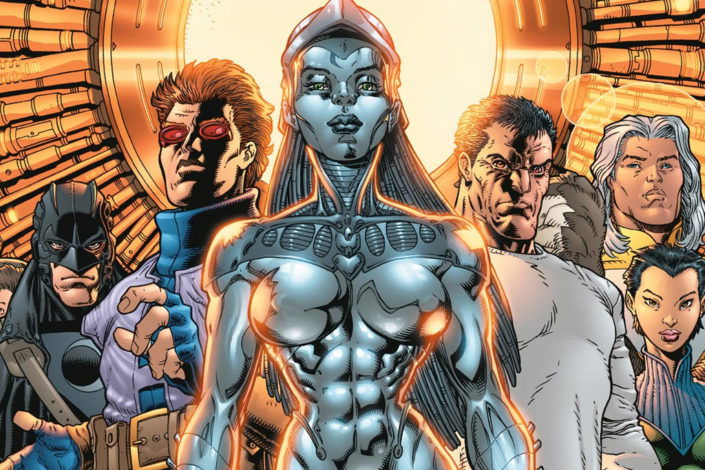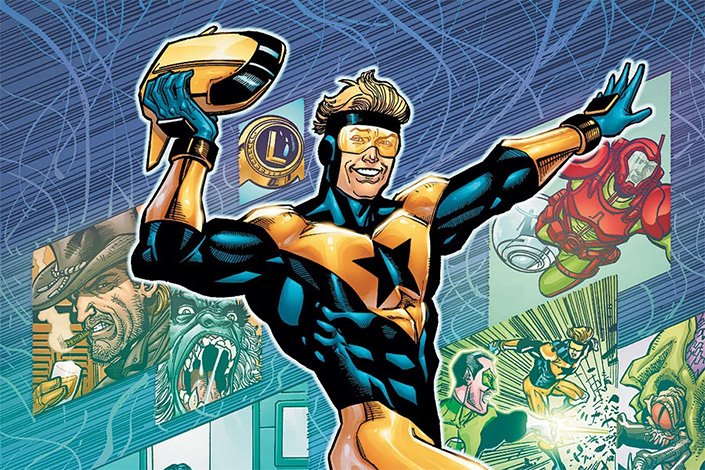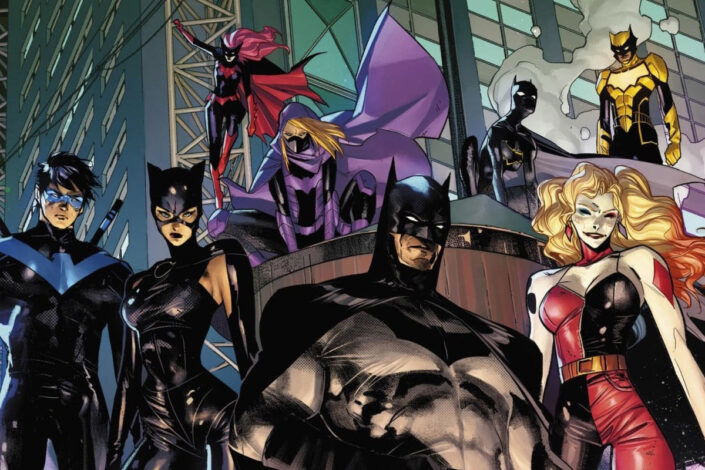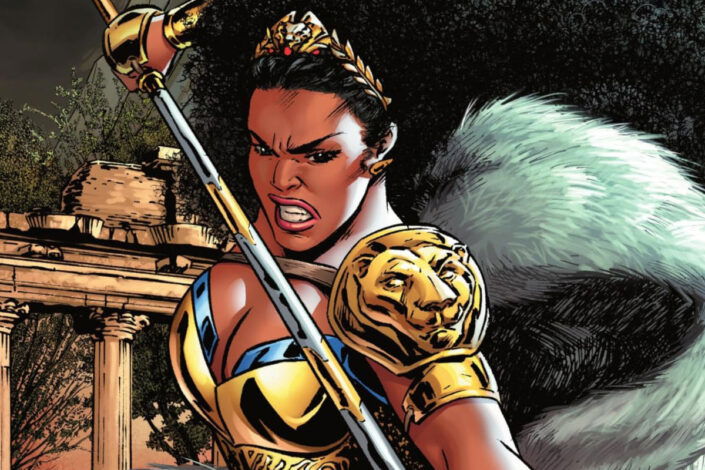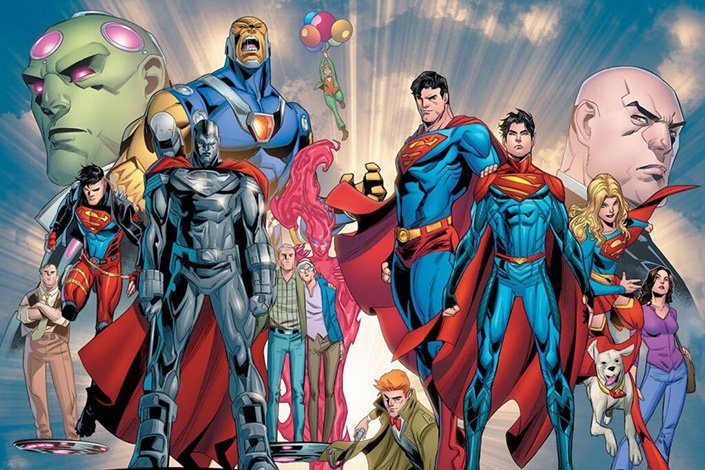
Almost a decade ago, the Superman Family expanded with the introduction of Jonathan “Jon” Samuel Kent, the son of Clark Kent and Lois Lane, bringing a refreshing change to the Superman legacy. Created by Dan Jurgens—who also created Doomsday, Cyborg Superman, and Booster Gold—Jon Kent made his first appearance as a baby in Convergence: Superman #2 (July 2015).
When your father is Superman, chances are you’re not an ordinary kid. Jon inherited incredible powers, including solar radiation absorption, invulnerability, superhuman strength, speed, hearing, flight, X-ray vision, and more. As Jurgens explained in a ComicBook.com interview, “Lots of people might expect Jon to be something like his dad’s younger self, but it would be a bit of a mistake.” Instead, he described Jon as “looking like Clark but with Lois’ spitfire attitude and inquisitiveness” (Newsarama).
That description of Jon fits him best as a child. Writers Dan Jurgens and Peter Tomasi brought life to the character, making it feel like a normal kid trying to do his best, making mistakes while learning how to be a responsible person and how to use his powers, whether he was with his parents or living some adventure with his best friend, Damian Wayne/Robin!
While it can take decades for some DC Comics characters to grow up, Jon’s childhood was cut short when Brian Michael Bendis aged him up—a controversial decision among readers. Since that event, Jon has joined the Legion of Super-Heroes, taken up the mantle of Superman, and been revealed as bisexual.
Despite being a young character in the DC Universe, Jon Kent has already found his way to the screen and has been played by Jordan Elsass (in seasons 1 & 2) and Michael Bishop (from season 3) in the series Superman & Lois. Jack Dylan Grazer has also voiced the character in the animated film Batman and Superman: Battle of the Super Sons.
Now, let’s explore the many adventures of Jon Kent, Son of Superman, with our Complete Jon Kent Comics Guide!
Read More »Jon Kent Reading Order (Superboy, Superman)
